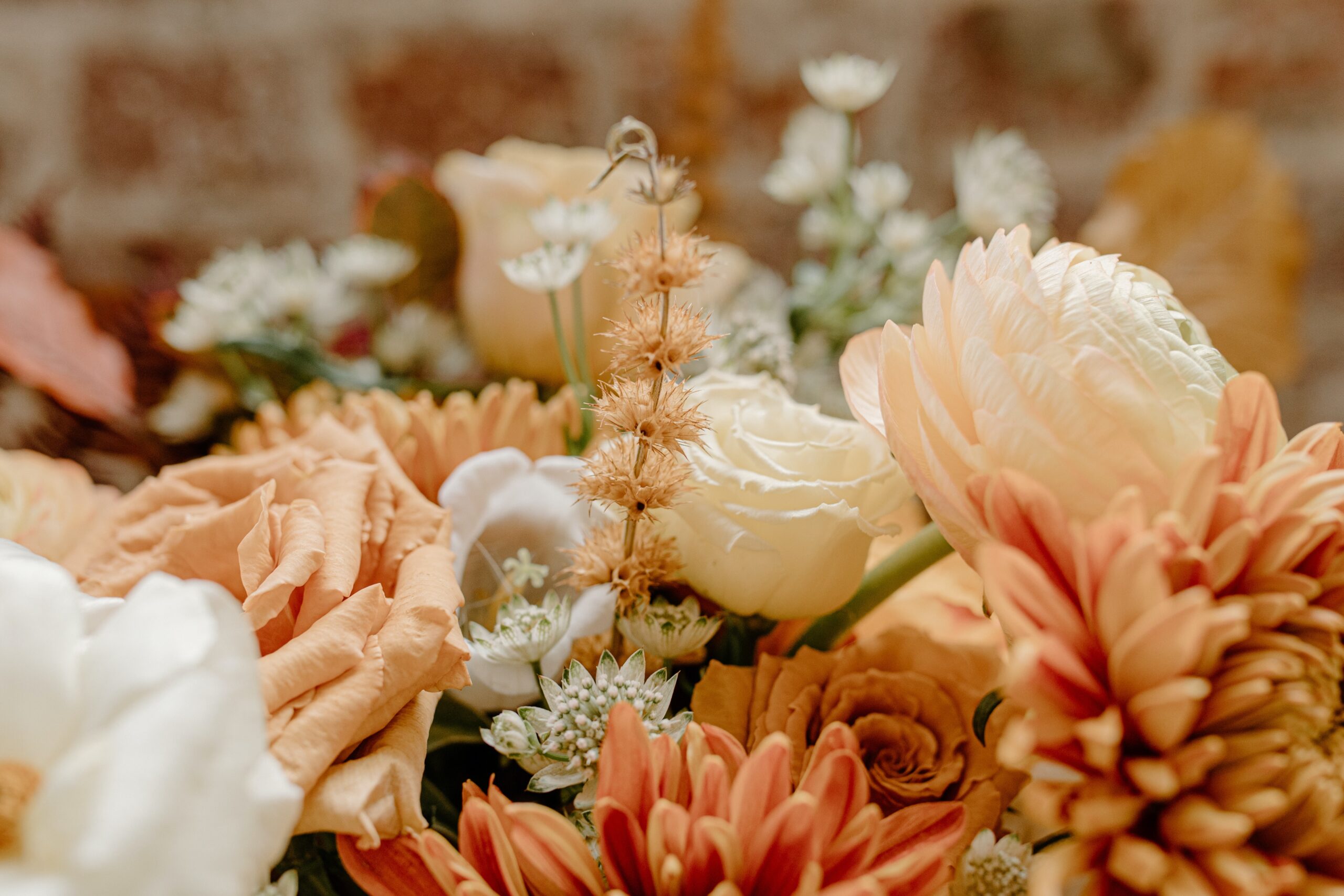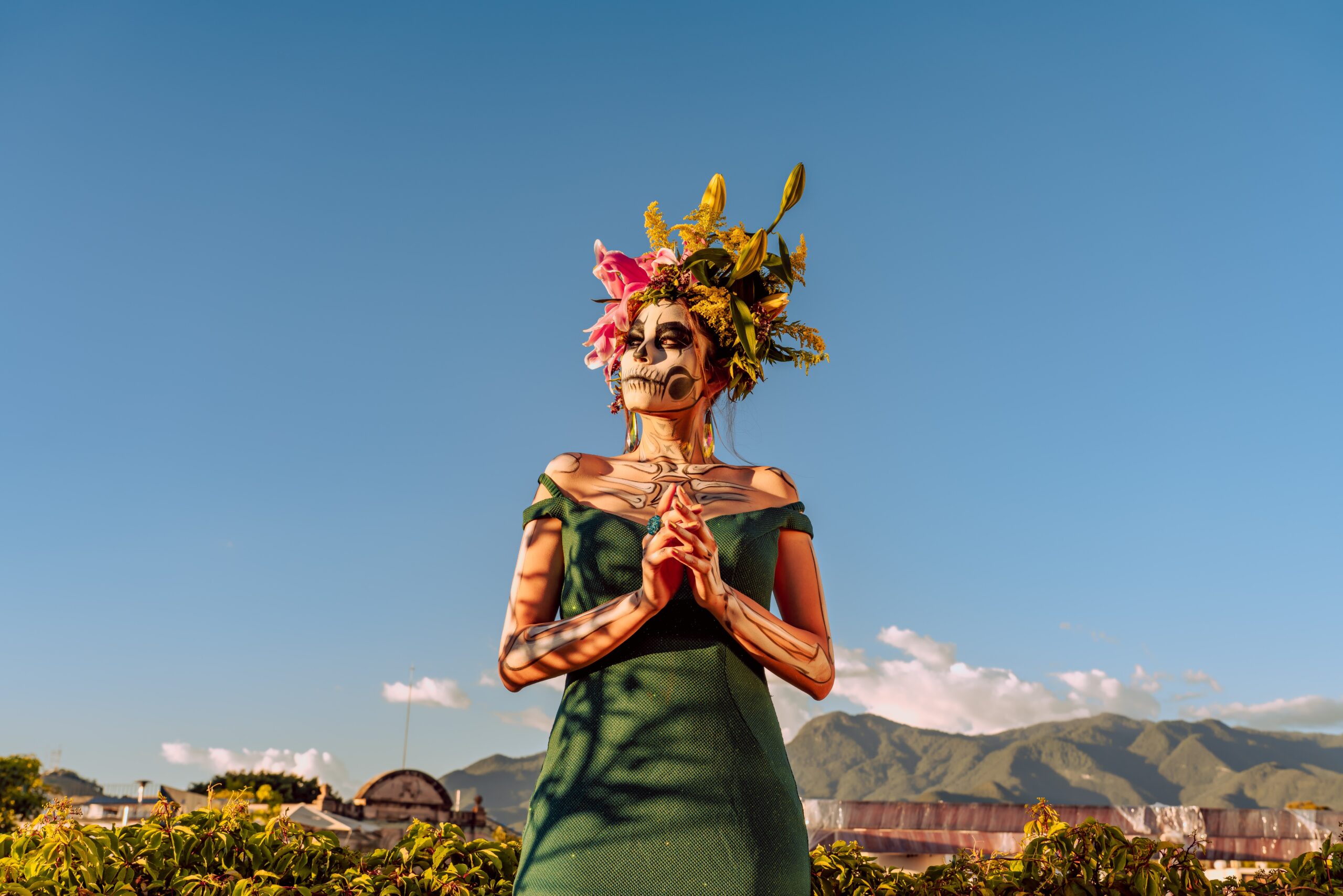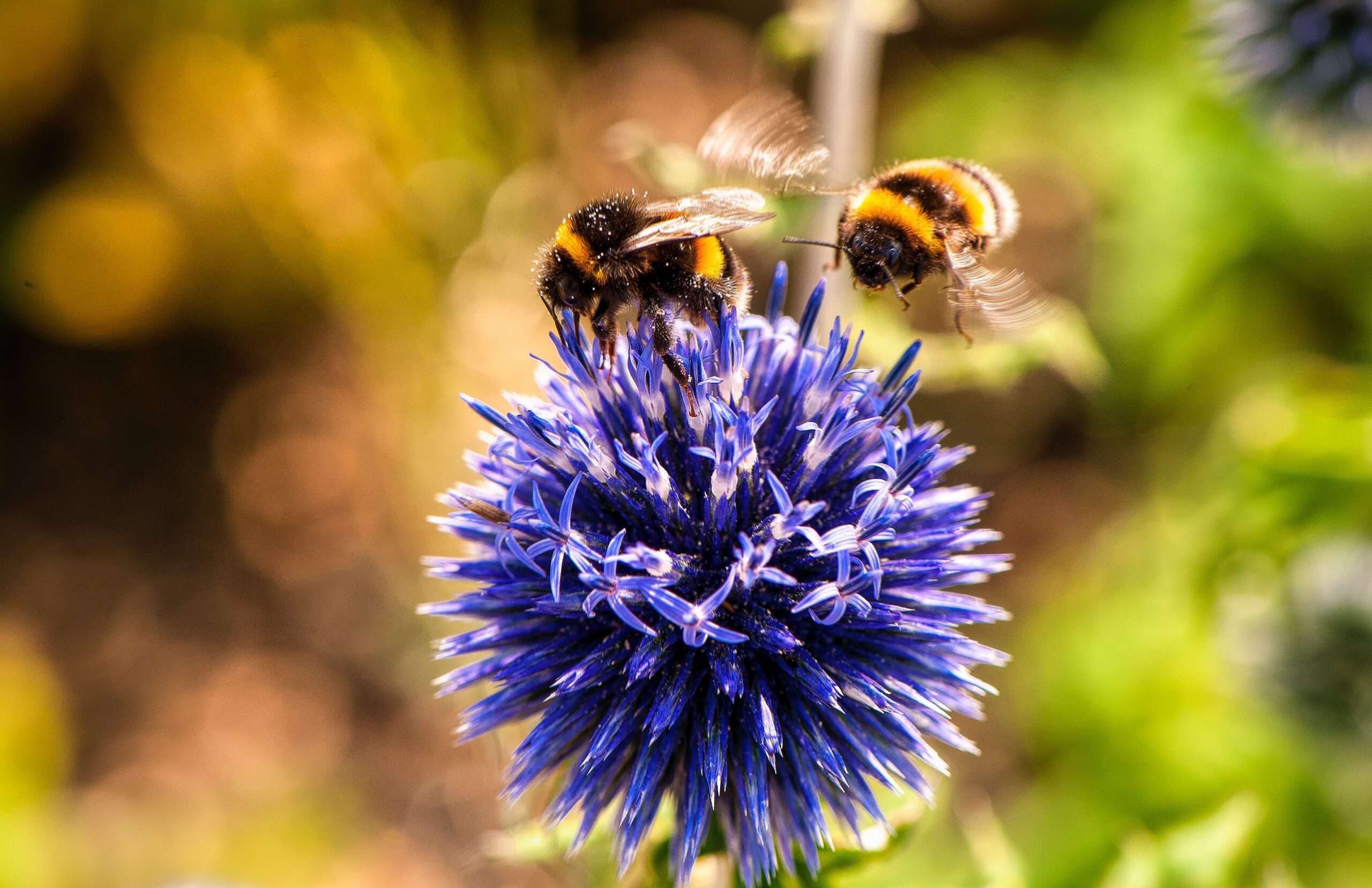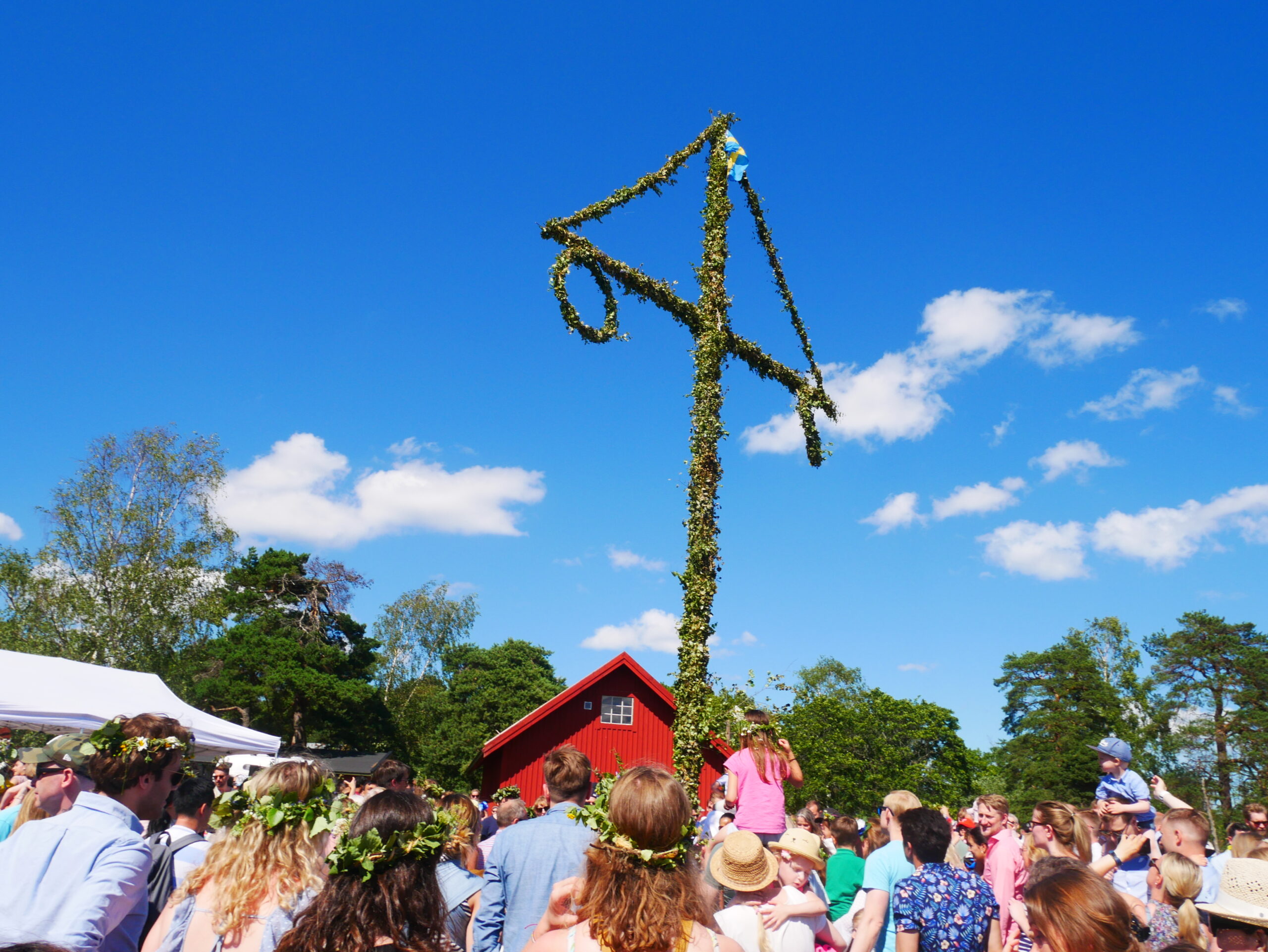There’s something magical about a flower festival. The riotous explosion of color, the gentle sway of petals in the breeze, the way sunlight filters through leaves to dapple the ground beneath – it’s a feast for the senses, a celebration of nature at its most exuberant. And if you’re a photography enthusiast, a flower festival is a golden opportunity to hone your skills and capture some truly stunning images.
But where do you start? What should you focus on? How can you make your photos stand out? Don’t worry, we’ve got you covered. In this comprehensive guide, we’ll walk you through 20 key points to help you master the art of photographing flower festivals. Each point is detailed, ensuring you are well-equipped for your next floral adventure.
1. Understanding your equipment
The first step to taking great photographs of flower festivals is understanding your equipment. Whether you’re using a high-end DSLR, a compact mirrorless camera, or even your smartphone, knowing the ins and outs of your device can make a huge difference in the quality of your shots.
Start by exploring the different modes and settings on your camera. Aperture priority mode, for instance, allows you to control the depth of field in your shots. This can be incredibly useful when photographing flowers, allowing you to keep a single blossom in sharp focus while the background blurs out into a dreamy wash of color. On the other hand, shutter priority mode can be handy for capturing motion, such as petals fluttering in the wind.
Next, get to know your lenses. A macro lens can be a game-changer for flower photography, letting you get up close and personal with your subjects for incredibly detailed shots. A telephoto lens, meanwhile, can help you capture wider views of the festival, showcasing the scale and grandeur of the event.
It’s also worth spending some time getting comfortable with your camera’s manual focus. Autofocus can be hit or miss, especially when you’re dealing with a sea of similar-looking flowers. Manual focus gives you greater control, ensuring that the exact point you want in focus is sharp and clear.
2. Choosing the right time to shoot
When it comes to photographing flower festivals, timing is everything. The quality of light can change dramatically throughout the day, and the right light can make your photos sing.
Golden hour, the hour after sunrise and before sunset, is a favorite among photographers for a reason. The light is soft, warm, and directional, perfect for bringing out the vibrant colors of the flowers and creating long, dramatic shadows. The low angle of the sun can also create a beautiful backlighting effect, making petals glow with an inner light.
Blue hour, the brief period before sunrise and after sunset, is another great time for flower photography. The soft, diffused light can give your photos a serene, ethereal quality, and the cooler color temperature can create a striking contrast with the warm hues of the flowers.
But don’t rule out shooting in the middle of the day. While the harsh, overhead light can be challenging to work with, it can also yield some interesting results. Look for opportunities to play with contrast and shadows, and don’t be afraid to experiment with different exposure settings to capture the brilliance of the flowers under the midday sun.
3. Mastering composition
Composition is a key element in any kind of photography, and it’s especially important when you’re photographing flower festivals. With so much color and variety around you, it can be easy to get overwhelmed. But by keeping a few basic rules of composition in mind, you can create images that are balanced, harmonious, and engaging.
The rule of thirds is a great place to start. Imagine your frame is divided into nine equal parts by two horizontal lines and two vertical lines. By placing your subject along these lines or at their intersections, you can create a sense of balance and dynamism in your shots.
But don’t feel like you have to stick to the rule of thirds all the time. Sometimes, breaking the rules can lead to more interesting compositions. For example, you could try placing your subject in the center of the frame for a more symmetrical look or filling the frame entirely with a sea of flowers for a more abstract, pattern-like shot.
Leading lines can also be a powerful compositional tool. Look for paths, rows of flowers, or other elements that can guide the viewer’s eye toward your main subject. This can create a sense of depth and movement in your shots, drawing the viewer in and keeping their attention.
4. Experimenting with perspective
Perspective can have a huge impact on your flower festival photos. By changing your viewpoint, you can create completely different images and bring a fresh, unique angle to your subject.
Most people tend to photograph flowers from a standing position, looking down at them. While this can certainly result in beautiful shots, it’s also a perspective that we’re all very familiar with. By getting down low and shooting from the lower level, you can create a more immersive, intimate image that puts the viewer right in the heart of the festival.
Don’t be afraid to get up close and personal with the flowers, either. A close-up shot can reveal details that are easy to miss from a distance, such as the delicate veins in a petal or the tiny droplets of dew on a leaf.
At the same time, don’t forget to step back and take in the bigger picture. A wide-angle shot can capture the scale and grandeur of the festival, showcasing the sea of colors and the excited crowds.
5. Working with color
Color is one of the most striking aspects of a flower festival, and knowing how to work with it can really make your photos pop.
One approach is to focus on a single color. Look for a patch of flowers all in the same hue, and fill your frame with them. This can create a bold, eye-catching image that really captures the viewer’s attention.
Alternatively, you could play with color contrasts. Look for flowers in complementary colors – colors that are opposite each other on the color wheel, such as blue and orange or red and green. By placing these colors next to each other in your frame, you can create a vibrant, dynamic image that really pops.
Don’t forget about white balance, either. By adjusting your camera’s white balance settings, you can ensure that the colors in your photos are as accurate as possible.
6. Telling a story
Every photograph tells a story, and your flower festival images are no different. Before you press the shutter, think about what story you want to tell. Are you capturing the sheer scale and spectacle of the festival? The delicate beauty of a single blossom? The excitement and joy of the people attending?
Once you’ve decided on your story, think about how you can use the elements in your frame to tell it. The composition, the lighting, the colors, the perspective – they’re all tools at your disposal. Use them to guide the viewer’s eye, create a mood, and convey your message.
Don’t be afraid to include people in your shots, either. A human element can add a sense of scale and context to your images, and it can also make them more relatable and engaging. Look for candid moments of people interacting with the flowers, or pose your friends or family among the blooms for a more staged shot.
7. Post-processing your images
Even the best photos can benefit from a little post-processing, and this is especially true for flower festival images. Editing software like Adobe Lightroom or Photoshop can help you fine-tune your photos, bringing out the best in your shots and adding a final polish.
Start by adjusting the basics, like exposure, contrast, and white balance. A slight boost, in contrast, can help your flowers pop, while adjusting the white balance can make your colors more accurate.
Don’t be afraid to play with color, either. Boosting the saturation or vibrance can make your flowers even more eye-catching while adjusting the hue can help you create a particular mood or atmosphere.
Cropping can also be a powerful tool. By cropping your image, you can eliminate distracting elements, change your composition, or even turn a wide shot into a macro shot.
Just remember, the goal of post-processing is to enhance your images, not to completely transform them. Keep your edits subtle, and always strive to maintain a natural look.
8. Respecting nature and the festival rules
This might seem like an obvious point, but it’s an important one nonetheless. When you’re photographing a flower festival, always respect the flowers and the festival rules.
Don’t trample the flowers in your quest for the perfect shot, and don’t pick them unless it’s allowed. Not only is this disrespectful to nature and to the people who worked hard to organize the festival, but it can also result in you being asked to leave.
Also, be mindful of other festival-goers. Don’t block paths or views with your tripod, and try to be discreet when you’re taking photos of people.
Remember, the goal is to capture the beauty of the festival, not to disrupt it.
9. Practicing patience
Great photography often requires patience, and this is particularly true at flower festivals. You might need to wait for the perfect light, the right moment, or just for a crowd of people to clear out of your shot.
Take your time, and don’t rush. Enjoy the festival, soak up the atmosphere, and let the photos come naturally. You’re more likely to capture authentic, meaningful shots this way, rather than if you’re constantly chasing the next shot.
Remember, photography is as much about the process as it is about the end result. Enjoy the journey, and the beautiful images will follow.
10. Experimenting and having fun
Finally, don’t forget to have fun! Experiment with different techniques, try out new ideas and don’t be afraid to make mistakes. It’s all part of the learning process.
Flower festivals are a playground for photographers, offering endless opportunities for creativity. So let loose, play around, and see what you can create. You might just surprise yourself with the results.
11. Using the weather to your advantage
When photographing a flower festival, the weather can be your greatest ally. A bright, sunny day can create vibrant, saturated colors and deep, dramatic shadows. On the other hand, an overcast day can provide a soft, diffused light that’s perfect for capturing details and subtle colors.
Don’t be discouraged by seemingly unfavorable weather conditions. Rain can add a whole new dimension to your photos, creating shiny surfaces, interesting reflections, and beautiful droplets on petals. Meanwhile, a misty day can imbue your shots with a dreamy, ethereal quality.
Remember, it’s all about working with what you’ve got and making the most of the conditions on the day.
12. Exploring abstract photography
Flower festivals are the perfect playground for abstract photography. With their vibrant colors, varied textures, and intricate patterns, flowers offer endless opportunities for creating abstract images.
Try focusing on a specific detail of a flower, such as the curve of a petal or the pattern of veins on a leaf. Use a macro lens or your camera’s macro mode to get up close and personal with your subject.
Alternatively, you can experiment with motion blur for a more dynamic and artistic effect. Try using a slow shutter speed and moving your camera as you press the shutter. You could also play with depth of field, using a wide aperture to create a shallow depth of field and blur out parts of your image.
13. Making use of reflections
Reflections can add a wonderful sense of depth and interest to your flower festival photos. Look for opportunities to incorporate them into your shots, whether it’s a reflection in a puddle, a mirror, or even a shiny surface like a phone screen.
You could capture a reflection of a single flower, a whole bed of flowers, or even the entire festival scene. Just remember to focus on the reflection, not the reflective surface itself.
14. Understanding color theory in depth
In the first part of this guide, we touched on the importance of color in flower festival photography. Now, let’s delve a little deeper into color theory.
Understanding the color wheel and the relationships between colors can help you create more harmonious and appealing images. For example, colors that are next to each other on the wheel, like blue and violet, create a calming, harmonious effect. Colors that are opposite each other, like red and green, create a vibrant, dynamic contrast.
Pay attention to the colors of the flowers and how they interact with each other and with their surroundings. Use color to create mood, guide the viewer’s eye, and convey your message.
15. Using light creatively
Light is the essence of photography, and knowing how to use it creatively can take your flower festival photos to the next level.
Backlighting, for example, can create a beautiful, ethereal glow around your flowers. Side lighting can bring out textures and create dramatic shadows. Front lighting, while often seen as less interesting, can bring out vibrant colors and details.
Experiment with different lighting conditions and watch how they transform your subjects. Play with shadows and highlights, and don’t be afraid to take risks and break the rules.
16. Exploring different genres
While flower festivals are primarily about, well, flowers, they also offer a wealth of opportunities to explore different genres of photography. From street photography, capturing candid moments of festival-goers, to portrait photography, using the flowers as a vibrant backdrop, there’s plenty to explore beyond just the blooms.
Landscape photography is another great option. A wide-angle shot of the entire festival, with its sea of colors and bustling crowds, can be a truly spectacular sight.
On the other hand, macro photography allows you to get up close and personal with individual flowers, revealing details that are invisible to the naked eye. You could even dip your toes into wildlife photography, capturing bees, butterflies, and other creatures that are attracted to the flowers.
Remember, variety is the spice of life. By exploring different genres, you can add diversity to your portfolio and keep your photography fresh and exciting.
17. Using props to your advantage
Props can be a great way to add an extra layer of interest to your flower festival photos. This could be anything from a beautiful hat or a colorful umbrella, to a vintage camera or a picnic basket.
Props can add a touch of whimsy, tell a story, or create a sense of scale. They can also help you to convey a particular mood or theme.
Just remember, the flowers are the stars of the show. Make sure your props enhance your shots, rather than distracting from the main subject.
18. Creating a series or theme
Creating a series or theme can be a fun and rewarding project. It can also give your flower festival photography a sense of cohesion and purpose.
For example, you could create a series of close-up shots focusing on different textures, a series of portraits of people enjoying the festival, or a series of abstract images playing with color and shape.
Having a theme can also help you to stay focused and motivated, giving you a clear goal to work towards.
19. Keeping an eye out for details
While it’s easy to be overwhelmed by the sea of colors at a flower festival, don’t forget to pay attention to the details. Often, it’s the little things that make a photo truly special.
Look out for interesting shapes, patterns, and textures. Look for the way the light plays on a petal or the way a flower stands out against its background. Look for the tiny details that others might miss.
Remember, beauty is often in the details. By focusing on the small things, you can create images that are intimate, unique, and full of depth.
20. Growing and evolving as a photographer
Finally, remember that photography is a journey, not a destination. There’s always something new to learn, a new technique to try, a new perspective to explore.
Don’t be discouraged by mistakes or failures. Instead, see them as opportunities to learn and grow. Keep pushing yourself, keep experimenting, and most importantly, keep enjoying the process.
Remember, the goal isn’t to take perfect photos. The goal is to express yourself, to capture the beauty of the world as you see it, and to share that vision with others.
So grab your camera, head to the nearest flower festival, and start creating your own unique floral masterpieces. Happy shooting!
That brings us to the end of our guide to photographing flower festivals. We hope these tips and techniques inspire you to create beautiful, creative images that truly capture the magic of these events. Remember, the most important thing is to enjoy the process and have fun. After all, photography is all about capturing the joy and beauty of the world around us. So get out there, start snapping, and let your creativity bloom!
We welcome any suggestions or questions. You can email us or contact us using the contact page.
You can also connect with us on the following social networks:









0 Comments